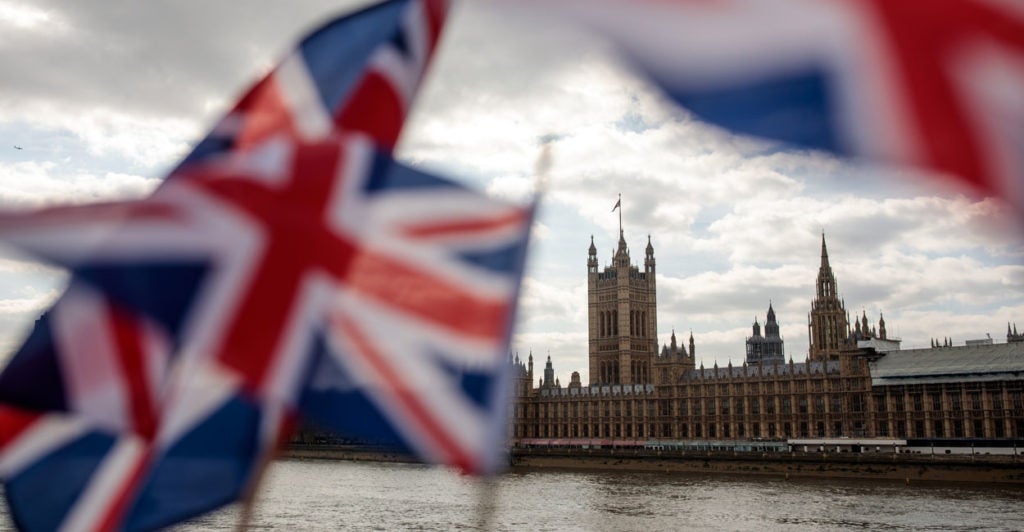On Wednesday, the House of Commons finally reached a majority on a Brexit issue, but only by one vote.
This wasn’t a government proposal; it was a parliamentary rebellion to prevent a “no deal exit” and to require an extension to the planned leave date.
The Conservative leader of the House of Commons, Andrea Leadsom, later wrote, “If these people had guns, we would be describing it as a military coup.”
The private member’s bill was introduced by former Labour minister Yvette Cooper and Conservative former minister Sir Oliver Letwin, and was rushed through at warp speed.
While laws normally take weeks, even months, to pass, this one took just six hours.
A brave minority in the House of Lords then succeeded in delaying its next stage, but it is still likely to get royal assent early next week.
This was a panic move designed to prevent Britain “falling off a cliff edge,” “facing the abyss,” or “crashing out,” as leaving on World Trade Organization terms is pejoratively referred to.
Yet this outcome only exists because Parliament planned it that way in its EU Withdrawal Bill passed in 2017. So, these MPs were legislating to save the nation from one of their own decisions.
The threat of leaving without a deal was intended as a bargaining chip to get the best terms from the EU—“no deal is better than a bad deal.” But the people who were most scared by it turned out to be British MPs and hence their rush to block it, not that their new bill means much as the EU can override U.K. law.
Indeed, as we reach the Brexit end game, there has been a complete role reversal with the EU now using the “no deal exit” date to threaten the U.K. Parliament into accepting Prime Minister Theresa May’s deal.
If a no-deal exit does happen, it will be by accident, as neither side wants it—although they may not be able to avoid it if they cannot arrange an alternative in time.
A group called the English Democrats claims that Britain has in fact already left the EU, as it says there was no legal basis in U.K. law for changing the original March 29 default exit date. It has taken it to the High Court and is waiting for the case to be heard.
Imagine the shock and utter chaos if it wins? Unlikely, but in order to change the April 12 leave date, MPs rushed to change the law, and this didn’t happen before the original March 29 date was moved. Instead, it was decided in Brussels by May and the EU.
The prime minister has likely never read U.S. President Donald Trump’s “The Art of the Deal,” for she is not a negotiator, but an administrator who seeks an orderly exit above all else. So orderly that it doesn’t appear to be much of an exit to most leavers. But that may have been “Remainer” May’s intention all along.
The prime minister is now looking to Labour support to get her expensive withdrawal agreement passed on a fourth attempt, but faces mass resignations if she concedes too much to extreme left-wing Labour leader Jeremy Corbyn.
And, even then, can her deal pass? Although the margin of defeat has reduced in each previous vote, from 230 to 149 to 58, it is still a very large gap to close.
The clamour now from many MPs is for a “confirmatory vote,” or a second referendum, as it used to be called. While EU Council President Donald Tusk is touting a flexible extension of a year’s delay to Brexit, or until a deal is passed.
The referendum was supposed to take sovereignty back from unelected bureaucrats in Brussels and return it to Parliament. Not an unreasonable request, and just imagine the reaction in the U.S. if NAFTA had been set up with law-making supremacy over Capitol Hill?
Yet, ever since the Brexit decision was declared nearly three years ago, most of this current crop of legislators have not wanted to take on that extra burden of responsibility.
The U.K. is facing a bizarre situation where the public votes to bring back powers to Parliament and its elected officials then vote to try to stop it from happening.
